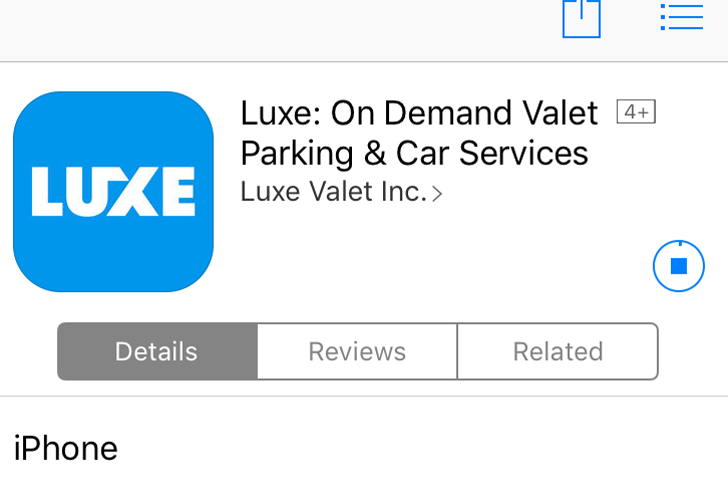Startup companies often seek financing through venture capital firms. These VC firms can easily provide capital, strategic assistance, introductions to potential customers, employees, partners, and many more.
However, VC financings aren’t easy to obtain or close. Entrepreneurs can be in a better position to obtain venture capital financing if they have a good grasp of the entire process. In this article, we’ll provide a short overview of venture capital financing.
OBTAINING VENTURE CAPITAL (VC) FINANCING

Before one can have a good idea of the process of obtaining venture financing, it’s essential to know that most venture capitalists typically focus their investment efforts and behavior using certain criteria, such as the stage of the company, specific industry sectors, and geography must essentially align with a venture capitalist’s focus before making an approach. It’s also essential to understand that building a tie or connection with a VC is through a warm introduction through a trusted colleague that’s friendly to the VC.
Once a connection with the VC has been established, it’s essential that the startup must have an excellent “elevator pitch” to attract the VC’s interest. Startup owners and companies should also understand that this process can be incredibly time-consuming. Just managing to get a meeting with the principal of a VC firm can take several weeks, and numerous meetings and conversations may follow. Not to worry, we’ll discuss the things and issues you must address upon negotiating once you are trying to close a venture capital round.
VENTURE CAPITAL TERM SHEET

A term sheet is essential to the whole process as most VC financings are typically documented by this, and it’s prepared by the VC firm. The term sheet is then presented to the entrepreneur, and it signals that the VC firm is fully committed and serious about an investment. However, term sheets don’t guarantee a future that a deal will be consummated. On the bright side, a high percentage of term sheets that become finalized and signed almost certainly result in completed financings.
There are two approaches in dealing with term sheets: There’s a short approach, and there’s a long approach. The short approach is where the term sheet only includes the important points in the deal, while the long approach is the one that all issues that need to be further negotiated are raised. Long approaches would make drafting and negotiation of various definitive documents can be easier and quicker.
A COMPANY’S VALUATION

Placing a particular value on the business can be a critical issue for both the venture capital investor and the entrepreneur. The valuation of a business is often referred to as the “pre-money valuation,” and it refers to the value that has been agreed upon before any new money or capital has been invested. For example, suppose an investor plans to chip in $5 million as their investment in financing where the valuation is agreed to be at $15 million. In that case, this means that the post-money valuation will be around $20 million.
The valuation of a business is always negotiable, and there is not a single formula or methodology to rely upon. Usually, the higher the valuation of the business, the entrepreneur will encounter less dilution. From the perspective of a VC, a lower valuation translates into a business having more upside potential minus the risk, and this scenario would create a higher motivation to assist the business or company.
DIFFERENT FORMS OF VENTURE CAPITAL INVESTMENT

It’s inevitable and perfectly reasonable that the founders of a startup company would typically hold common stock in the company. Venture capitalists or “angel investors” will usually come to invest in the company using various forms.
These various forms are usually (1) through a convertible promissory note, (2) Through a SAFE which means Simple Agreement for Future Equity, and (3) using a convertible preferred stock investment.
VESTING OF FOUNDER STOCK

Any venture investor will certainly want to ensure the founders’ incentives to stay and cultivate the company. The founders’ stock is a critical part of the whole process, and it must already be subjected to a vesting schedule. If it isn’t subjected to any vesting schedule, venture investors will most certainly request the founders’ shares to become vested based on continued employment. Standard vesting for any employee is monthly vesting over four years. The first 12 months of vesting are always delayed until the employee can render and complete the 12-month service. However, founders can always negotiate better-vesting terms to protect their interest and investment.
COMPOSITION OF THE BOD (BOARD OF DIRECTORS)

The makeup and overall structure of the company’s Board of Directors are also incredibly essential, if not critical, for venture capital investors. Investors would often want the right to appoint a designated member of the B.O.D. to monitor their investment and have a valued opinion in the business.
From the founders’ perspective, they will always want to maintain a certain level of influence and control of the company for as long as possible. Circumstances and scenarios may vary, but Board seat allocation usually follows the order of share ownership. With this fact, investors who currently have 25% or less of the company’s stock will usually accept a minority of the Board seats. After multiple rounds, if the investors acquire and own most of the company’s stock, they will be able to seize control of the Board.
Source: tachnik.com
